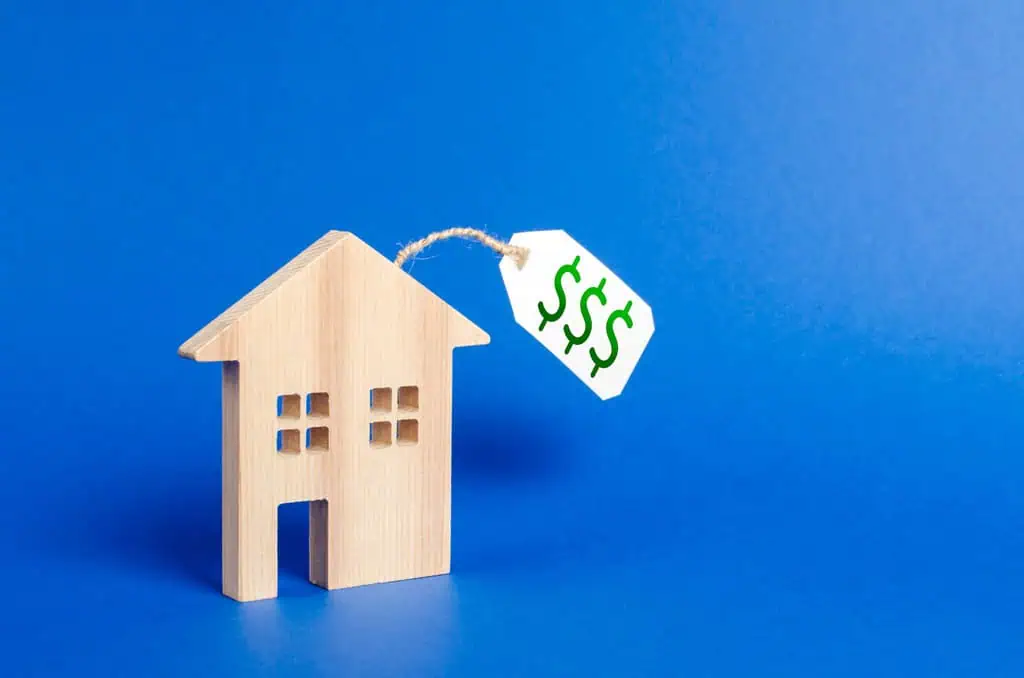How Much Can I Borrow? A Guide to Your Home Loan Limits
Thinking about buying a home and wondering “How much can I borrow?” If you answered yes, you’ve come to the right place. Understanding how much you can borrow for a home loan is one of the first steps in your journey to homeownership. It’s about more than just picking a number – it’s about knowing your borrowing power, understanding your limits and making informed decisions that set you up for success.
In this guide, we’ll break down everything you need to know about home loan limits, borrowing power and tips to help you along the way.
What Is Borrowing Power?
Let’s begin by understanding what borrowing power is. Your borrowing power is the maximum amount a lender is willing to lend you for a home loan. Think of it as a balance between what you can afford and what a lender is comfortable letting you borrow. Several factors play into this calculation. These include:
- Your Income – The more you earn, the higher your borrowing power.
- Existing Debts – Loans, credit cards and other financial obligations can reduce your borrowing capacity.
- Credit Score – A good credit history gives lenders confidence in your ability to repay the loan.
- Living Expenses – Lenders look at how much you spend monthly on essentials like groceries, utilities and transport.
Calculating Your Borrowing Power
Now that you know what factors affect your borrowing power, the next thing to figure out is how lenders calculate your borrowing power. It’s not rocket science and it isn’t that big a mystery either since many use borrowing power calculators. These calculators give you an estimate based on your financial details. Here’s a simplified example:
Let’s say you earn $80,000 annually and have $5,000 in monthly expenses. Based on this, a lender might determine that you can borrow up to $400,000, assuming interest rates remain stable.
Remember, though, when you use a borrowing power calculator, all you will get are estimates. A lender’s final decision also takes factors like current interest rates, repayment terms and their internal policies into account.
Factors That Influence Home Loan Limits
In Australia, several elements can impact your borrowing limits. These include:
- Lender Policies – Different lenders have different rules. Some may let you borrow more, while others might lend you less.
- Interest Rates – Higher interest rates reduce how much you can afford to repay, which in turn lowers your borrowing power.
- Debt-to-Income Ratio (DTI) – Most lenders prefer your debts (including the new loan) to stay below a certain percentage of your income.
- Stress Tests – Lenders test your ability to handle a hypothetical 3% increase in interest rates to ensure you won’t face financial strain. This is called their assessment rate.
Tips to Increase Your Borrowing Power
For those who are wondering “How much can I borrow for a mortgage?” or “How much can I borrow for a mortgage loan?” you should know that if the amount you get seems low, you can increase it by boosting your borrowing power. How do you boost your borrowing capacity? Here are some practical steps:
- Improve Your Credit Score – Pay your bills on time, clear credit card balances and avoid applying for new credit unnecessarily.
- Reduce Existing Debts – Paying down loans or consolidating debt can free up more of your income for loan repayments.
- Increase Your Income – Easier said than done, but a raise at work, a side hustle, or combining incomes with a partner can make a big difference.
- Cut Back on Expenses – Reducing discretionary spending can improve the surplus funds lenders see when assessing your application.
Borrowing Limits for Different Loan Types

The answer to the “how much can I borrow” question is also dependent on the type of loan you’re planning on getting. Note that not all loans are created equal. Your choice of loan can affect how much you can borrow. Here are some common types of loans and what to expect:
- Fixed-Rate Loans – Offer stability with predictable repayments but might have stricter borrowing limits.
- Variable-Rate Loans – More flexible, but your repayments can change with interest rates.
- Low-Doc Loans – Ideal for self-employed borrowers but often come with lower borrowing limits or higher interest rates.
- First-Home Buyer Loans – Some programs, like the First Home Loan Deposit Scheme, can boost your borrowing capacity by reducing upfront costs.
Get Professional Advice from NBHL to Answer the “How Much Can I Borrow” Question
Navigating the world of home loans can feel overwhelming. Sometimes the answers you get via your research to the “how much can I borrow” question can be unsatisfying. This is when professionals like our mortgage brokers here at NBHL can help. They can:
- Help you understand your borrowing power.
- Find lenders and loan products suited to your situation.
- Negotiate better terms on your behalf.
If your financial situation is complex, consulting members of our team can prove to be invaluable.
So, are you ready to find out how much you can borrow? Contact us so we can get one of our expert mortgage brokers to give you personalised guidance. The sooner you understand your limits, the closer you’ll be to your dream home.

Patrick Cranshaw, a Certified Mortgage Professional for over 21 years, founded North Brisbane Home Loans in 2002. His career began with ANZ Bank in New Zealand, where he progressed over 16 years to a Business Banking role in Virginia. After moving to Brisbane in 2000, Patrick led the QLD market for a home loan agency, helped set up the REMAX Real Estate Finance division, and practiced as a broker.







